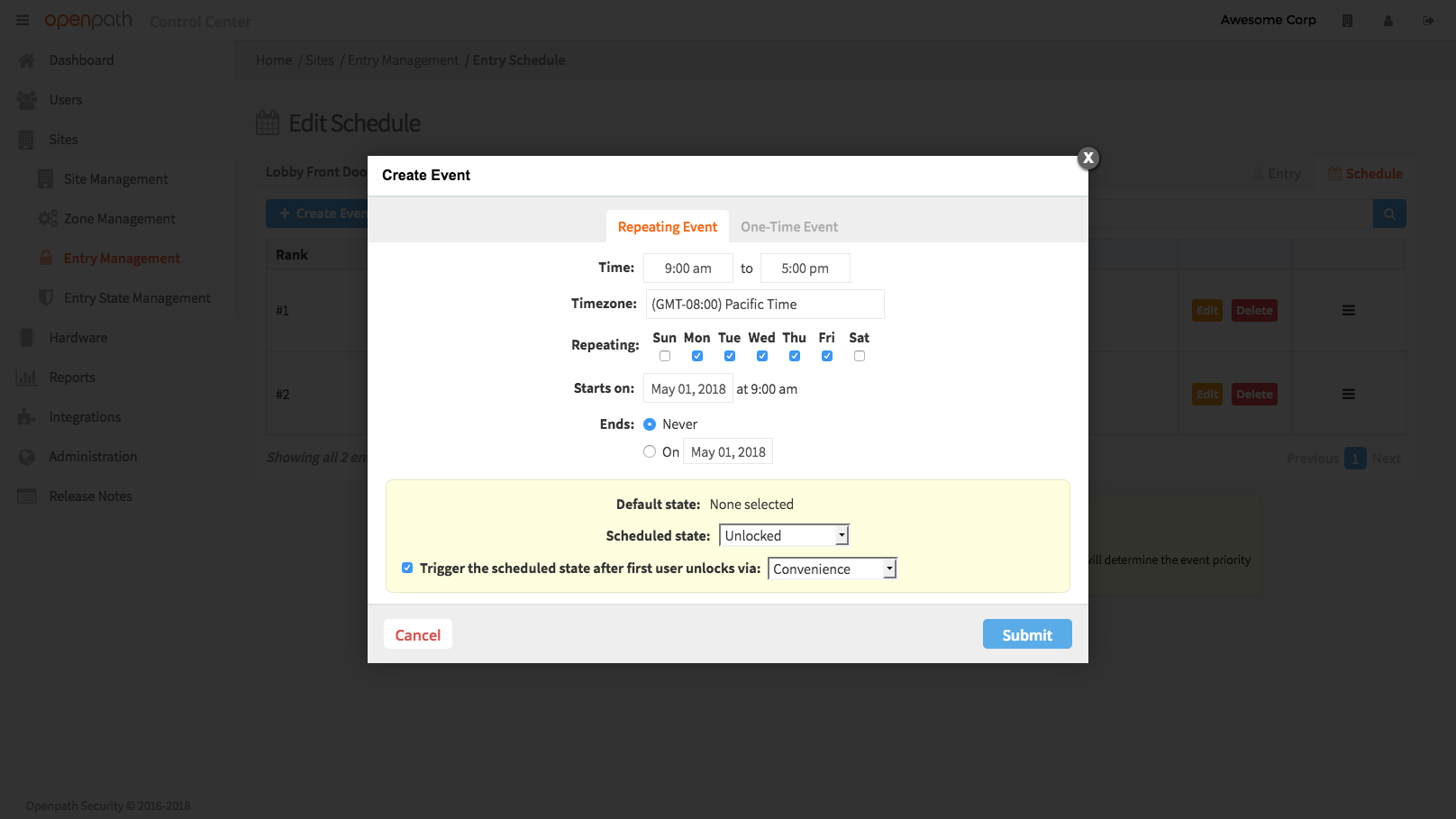While knowledge workers are handling increasingly difficult tasks — ones that may be much easier to handle with just a Python script — Alex Yaseen thinks that in the future not everyone will actually need to learn how to code.
Instead, he hopes that tools like the one he’s building, called Parabola, will bridge that gap between the complex technical problems and otherwise nontechnical employees. Instead of running through massive excel spreadsheets, Parabola is designed to make it easier for employees that might not be highly technical to piece together the kinds of processes that will help automate mundane tasks that run through each action. The company said it has raised a new $2.2 million financing round led by Matrix Partners.
“The logical version of the future doesn’t look like everyone coding by running Python or whatever language,” Yaseen said. “It’s a very valid opinion, but we talked a lot with various investors about that perspective of the future where all knowledge workers have to increasingly be more productive to compete. We thought about how we could bridge that gap by giving nontechnical people these tools to work like an engineering without being an engineer.”
At its core, Parabola is a more visually-oriented way of designing a workflow where users can piece together a complex work problem in a kind of flowchart, piece by piece. These are all functions that you might find built into Excel or other spreadsheet tools, like Google Sheets, but Parabola is a tool that is designed to make it easier to automate all those updates into new fields, as well as make the model pretty flexible and easy to manipulate.
Parabola is designed to take those account executives or salespeople that run through hundred-plus step processes in order to do their jobs through dozens of excel tabs. Users can figure out how to describe those steps in Parabola and then begin executing them without having to constantly tweak formulas and ensure that everything is operating properly. At the same time, Parabola is designed to ensure that the whole experience feels like a spreadsheet, where making small changes causes the whole data set to update — something that nontechnical users actually gravitate toward, Yaseen said.
“The reason people love using spreadsheets even though they’re not the right tool for most of these experiences, is that they can make a change and see things immediately,” Yaseen said. “Nontechnical people don’t adapt to [an engineering] mindset, they value the process of making a change and everything updating. That’s one of our hypotheses, and other tools don’t give you those options, and therefore are not really geared to a true nontechnical user.”
Still, the whole idea of trying to simplify programming down to something that’s more palatable for a nontechnical user is both a significant challenge and a very crowded market. There are many approaches to the problem, though Yaseen says they target different niches or use cases, like Airtable or Zapier — many of which have raised large sums of money. But some companies have different demands and users may gravitate toward different options, so those aren’t the direct competition. Instead, the competition is larger firms hiring engineers to handle all these processes in the back-end, as well as users just sitting in Excel all day.



